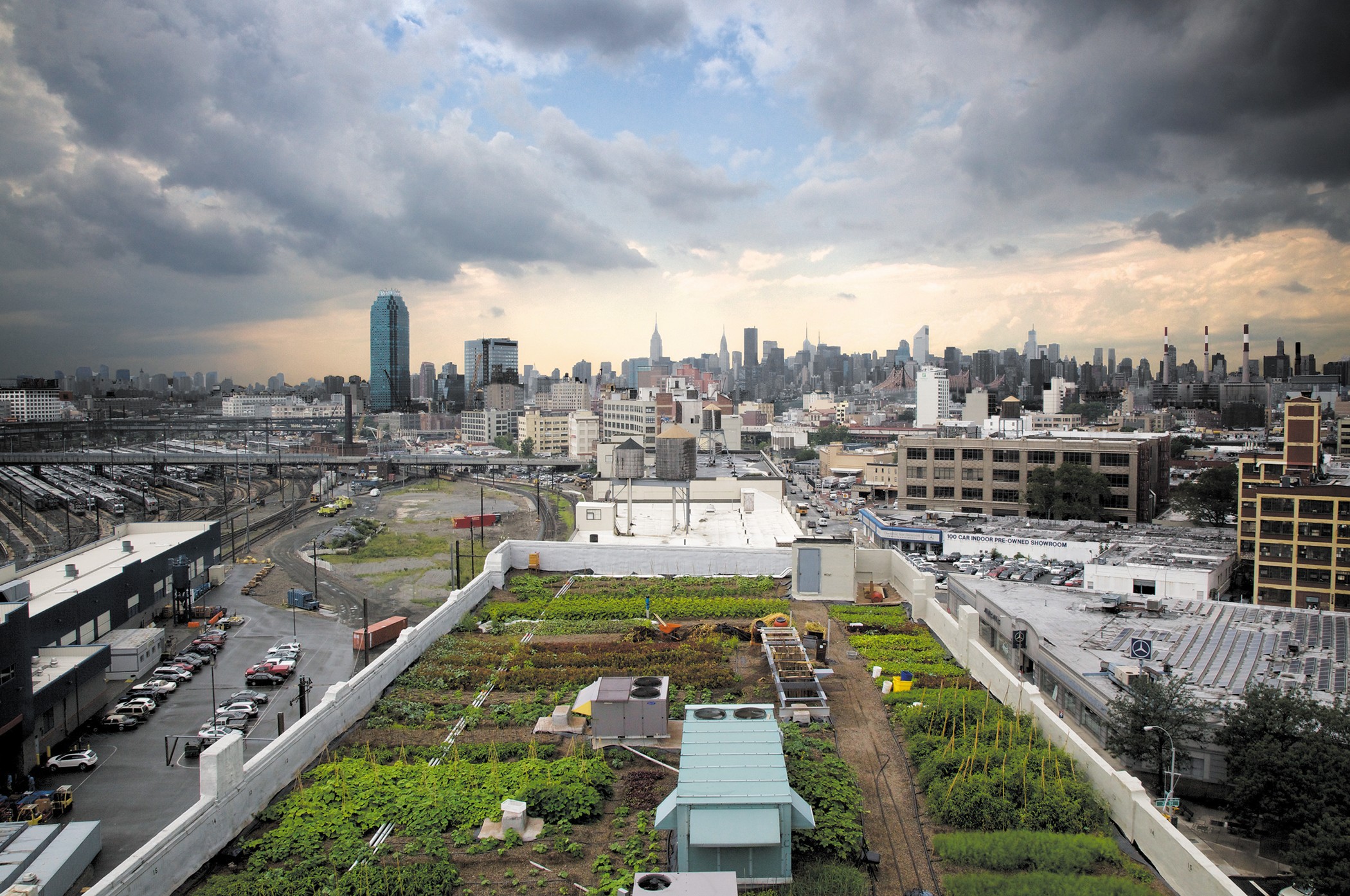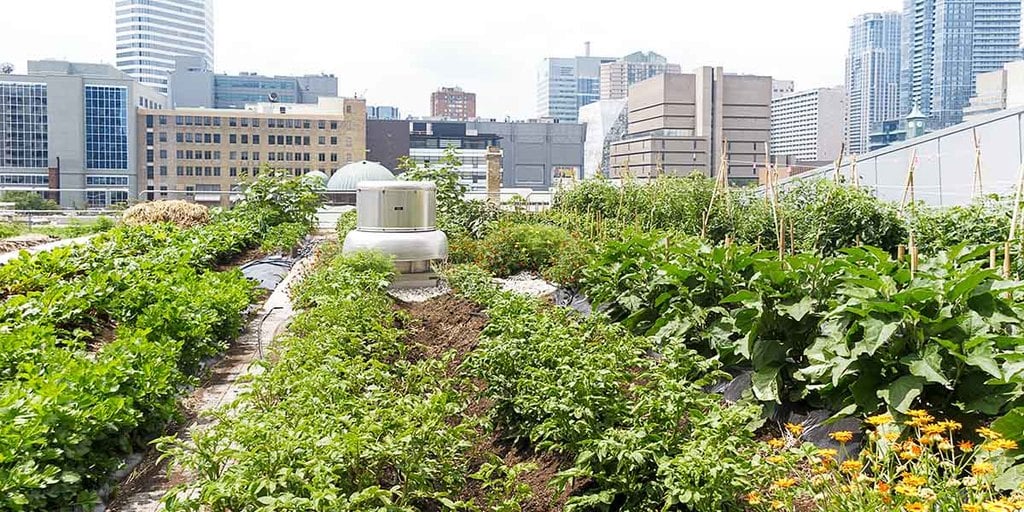The 15-Second Trick For City Blooming
9 Easy Facts About City Blooming Shown
Table of ContentsCity Blooming Fundamentals ExplainedHow City Blooming can Save You Time, Stress, and Money.Not known Details About City Blooming The Buzz on City BloomingHow City Blooming can Save You Time, Stress, and Money.
Fascinated in growing food offer for sale in the City of Chicago? Thinking of beginning a neighborhood yard? Modifications to the Chicago Zoning Statute enable agricultural usages like neighborhood gardens and city ranches in numerous parts of the city. Below is a listing of often asked concerns pertaining to the policies and regulations that growers ought to consider when planning a metropolitan farming task.
The zoning amendment does not modify any type of other codes taking care of composting, building authorizations, purchasing or leasing City owned property, company licenses or environmental contamination. There are existing codes that manage these issues and they stay completely effect and may apply to your project. Neighborhood yards are typically possessed or handled by public entities, public organizations or community-based organizations and maintained by volunteers.
Urban farms grow food that is meant to be marketed, either on a nonprofit or for-profit basis. Because of their commercial function, metropolitan farms need a service license. Yes. A community yard is permitted to sell surplus produce that was grown on website if the sales are accessory or subservient to the garden's main objective defined over.
City Blooming Fundamentals Explained
Composting is enabled however only for plant material that is produced and used on website. The amount of garden compost product can not go beyond 25 cubic backyards at any provided time according to the standards in 7-28-715 of the City's Municipal Code. Yes. Due to the fact that the soil at most brand-new yard sites needs amending, garden compost, soil, wood chips, or various other materials can be gotten to construct or enhance the expanding room - City gardening.

If a structure permit is called for after that the hoophouse will be considered an accessory structure. You can figure out more concerning the building authorization needs by contacting the Department of Structures. The 25,000-square-foot dimension limit is planned to stop a solitary neighborhood yard from controling a given block or interfering with the block's existing domestic or commercial personality.
The limit does not relate to gardens situated in Public Open Space (POS) districts. Can there be greater than one neighborhood yard that is 25,000 square feet on a single block? Yes. The size limit uses to private gardens, not to specific blocks. No. Fencing is not required, nonetheless, yards that have large parking lot might be needed to set up secure fencing or various other landscaping attributes.
Getting The City Blooming To Work
B1 & B2 look at these guys areas need that all business usage tasks be performed indoors. Is secure fencing needed for metropolitan farms? Fencings might be needed, along with landscaping and testing, for certain car parking locations and exterior work or storage space areas depending on place and the specific activity taking area.
Yes. Urban ranches need building permits and zoning authorizations prior to building and construction. Various other types of city testimonial might be needed relying on details structures, activities, size, landscaping, licensing, public health and stormwater administration issues. Many of these needs are identified in the job design or permitting process, however, the candidate may be liable to individually determine certain licenses or allows that might be called for.
Yes. The kind of permit is identified by what is occurring at the site. The Department of Organization Affairs and Consumer Defense can help determine the certain sort of organization permit that's called for. Yes. Off street vehicle parking is needed for many commercial jobs in Chicago. The needed number of vehicle parking spaces is based on the variety of employees working on site and not the square video footage of the expanding room.
An Unbiased View of City Blooming

Yes. A city farm can market compost material created on website, nevertheless, the procedure should adhere to the policies in 7-28-715 of the Chicago Municipal Code. Yes. Aquaponic systems are enabled indoors on city farms in several zoning districts. A zoning review and structure license is required in order to install structures or systems and a service certificate is required as described over.
Up to 5 hives or colonies of honey bees may be kept as an accessory usage. Beekeepers should register with the Illinois Department of Agriculture. For additional information regarding the suggested zoning amendment you might speak to the Division of Housing and Economic Advancement, Bureau of Planning and Zoning at 312.744.8563.
, which takes location in country areas at the edge of suburbs.
Not known Incorrect Statements About City Blooming
It can include a motion of natural farmers, "foodies" and "locavores", who seek to form social media networks founded on a common values of nature and neighborhood holism. These networks can develop by way of official institutional assistance, becoming incorporated right into regional community preparation as a "transition community" motion for sustainable urban growth.
Some of the initial proof of metropolitan agriculture comes from Mesopotamia.